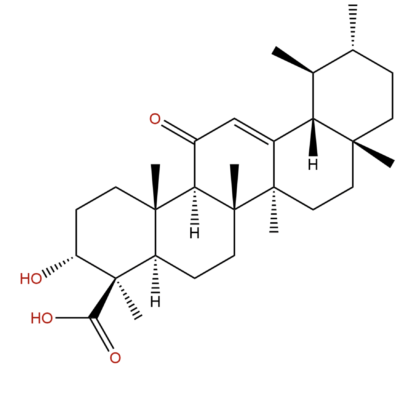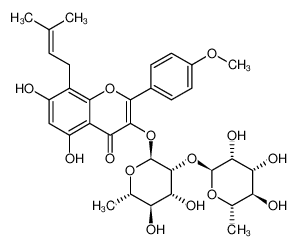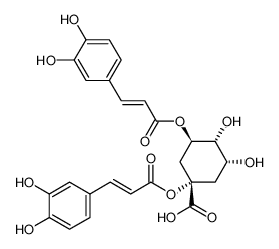$ 280.0
Quantity: 100 MG
In stock
Description
Product name: 6-Shogaol
Synonym:1-(4-Hydroxy-3-methoxyphenyl)-4-decen-3-one
Catalog #: BP0095
Purity: 98%
CAS No.: 555-66-8
Molecular Formula: C17H24O3
Molecular Weight: 276.376
Botanical Source: grains of paradise (Amomum melegueta) and Zingiber officinale (ginger)
Physical Description: Oil
Type of Compound: Phenols
Analysis Method: HPLC-DAD or/and HPLC-ELSD
Identification Method: Mass, NMR
The purity(assay) of 90%, 95% and 98% is available for food, nutrition and cosmetics request, except for R&D and reference standard.
Storage: Store in a well closed container, protected from air and light. Put into refrigerate or freeze for long term storage.
Whenever possible, you should prepare and use solutions on the same day. However, if you need to make up stock solutions in advance, we recommend that you store the solution as aliquots in tightly sealed vials at -20℃. Generally, these will be useable for up to two weeks.
The product could be supplied from milligrams to grams, up to kilograms
Inquire for bulk scale.
Descriptions:
6-Shogaol, an active constituent of ginger, is a potent inhibitor of MDA-MB-231 cell invasion, and the molecular mechanism involves at least in part the down-regulation of MMP-9 transcription by targeting the NF-κB activation cascade, thus has potential for clinical use as antimetastatic treatments. [1]
6-Shogaol and 6-gingerol might both exert anti-invasive activity against hepatoma cells through regulation of MMP-9 and TIMP-1 and that 6-shogaol could further regulate urokinase-type plasminogen activity.[2]
6-Shogaol exerts its anti-inflammatory effects by inhibiting the production of prostaglandin E2 (PGE2) and proinflammatory cytokines, such as interleukin-1β (IL-1β) and tumor necrosis factor-α (TNF-α), and by downregulating cyclooxygenase-2 (COX-2), p38 mitogen-activated protein kinase (MAPK), and nuclear factor kappa B (NF-κB) expression; it shows significant neuroprotective effects in vivo in transient global ischemia via the inhibition of microglia, suggests that it is an effective therapeutic agent for treating neurodegenerative diseases.[3]
6-Shogaol reduces the inflammatory response and protects the femoral cartilage from damage produced in a CFA monoarthritic model of the knee joint of rats.[4]
6-Shogaol induces apoptosis in human hepatocellular carcinoma cells in relation to caspase activation and endoplasmic reticulum (ER) stress signaling, affects the ER stress signaling by regulating unfolded protein response (UPR) sensor PERK and its downstream target eIF2α, thus, the PERK/eIF2α pathway plays an important role in 6-shogaol-mediated ER stress and apoptosis in SMMC-7721 cells in vitro and in vivo .[5]
6- Shogaol can prevent secondary pathological events in traumatic Spinal cord injury (SCI) and promotes recovery of motor functions in an animal model raises the issue of whether shogaol could be used therapeutically in humans after SCI.[6]
References:
[1] Ling H, Yang H, Tan S H, et al. Brit J Pharmacol, 2010, 161(8):1763–77.
[2] Chia-Jui Weng ?, Cheng-Feng Wu ?, Huang H W, et al. Mol Nutr Food Res, 2010, 54(11):1618–27.
[3] Sang K H, Moon E, Mi S J, et al. Neuropharmacology, 2012, 63(2):211-23.
[4] Levy A S, Simon O, Shelly J, et al. Bmc Pharmacology, 2006, 6(1):12.
[5] Hu R, Zhou P, Peng Y B, et al. Plos One, 2012, 7(6):1634.
[6] Kang S K, Gon J H, Geun K Y, et al. Eur J Neurosci, 2006, 24(4):1042-52.
[7] Zhang K W, Shen S, Cui X B, et al. J Chinese Pharm Sci, 2009, 44(22):1692-4.




